Sustainable timber production
The project aimed to generate enough revenue to cover the production costs/sale of FSC certified sawn timber, as well as the social needs (water, health, education) of the population in five villages (10,000 inhabitants) in the Kilwa district, in the southeast of the country. The villages were selling certified tree trunks at a much lower price than sawn timber. A portable sawmill was to be shared between the five villages and 100 elected community members trained in the production, certification process and sale of sawn timber. 50% of the revenues were to be used for social needs.
The portable sawmill was delivered and assembled in August 2017. Villages were supported in securing business licenses allowing them to trade timber. Governance and financial management training was provided to 225 members of the 5 Village Councils and Village Natural Resources Committees (VNRC) to prepare them to manage the income, prepare simple annual reports, budgets, work plans and Village timber business plans. Once timber sales began, the average return per cubic meter of hardwood increased by 75%. Communities tripled their communal development funds, enabling 69 different village development projects. Projects varied from construction of village offices, classrooms, housing for teachers, desks for school children to lunch for primary school kids, village health insurance and medicines for the dispensaries.
Founded in 2004 in Tanzania, MCDI (Mpingo Conservation & Development Initiative) aims to advance forest conservation and community development, in order to enable communities to sustainably use their forest resources.
News
Type
Community Development / EnvironmentDuration
April 2017 - March 2020Location
Kilwa District / TanzaniaWith whom
Mpingo Conservation & Development Initiative (MCDI)
Website
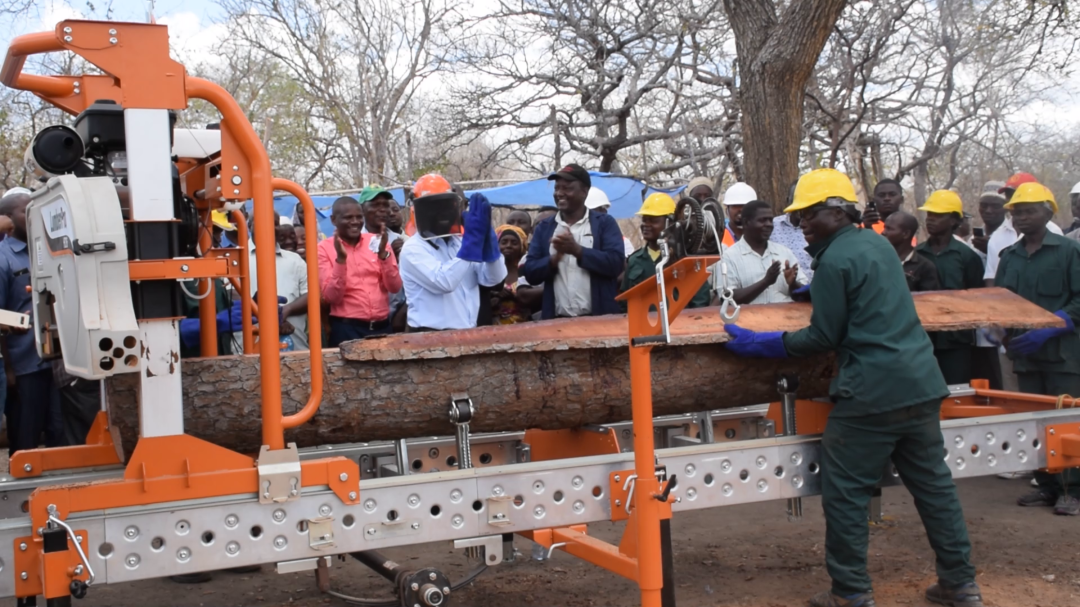
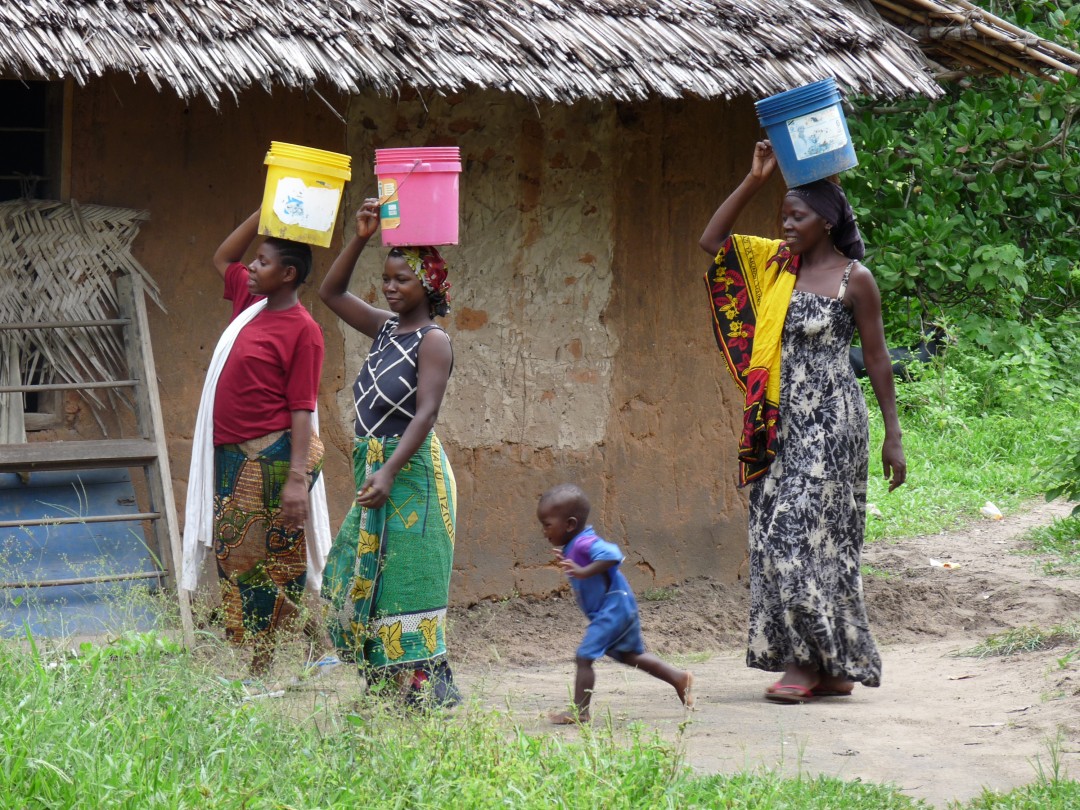
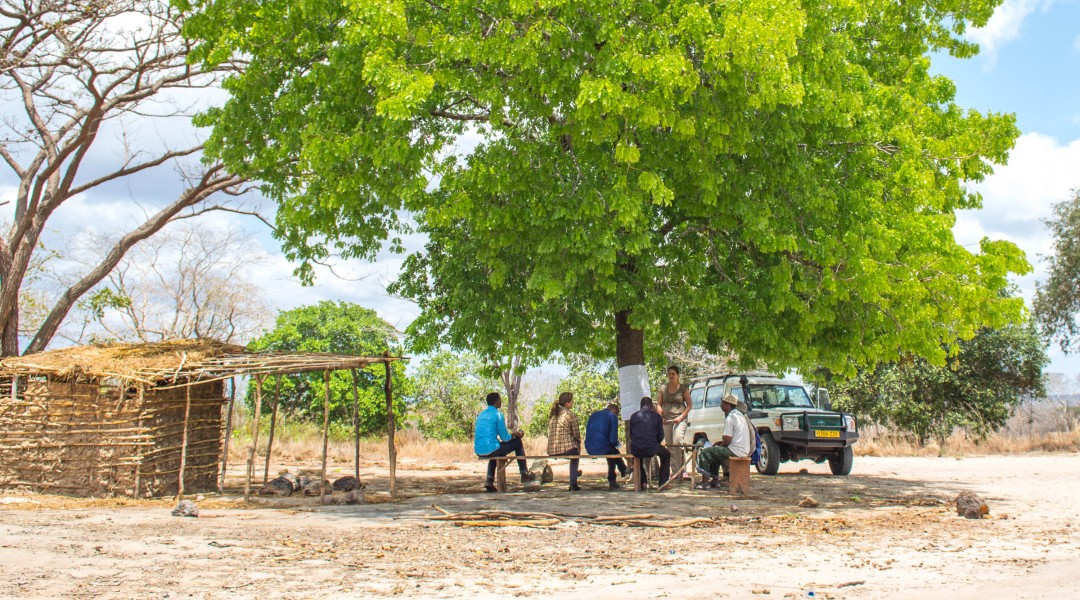
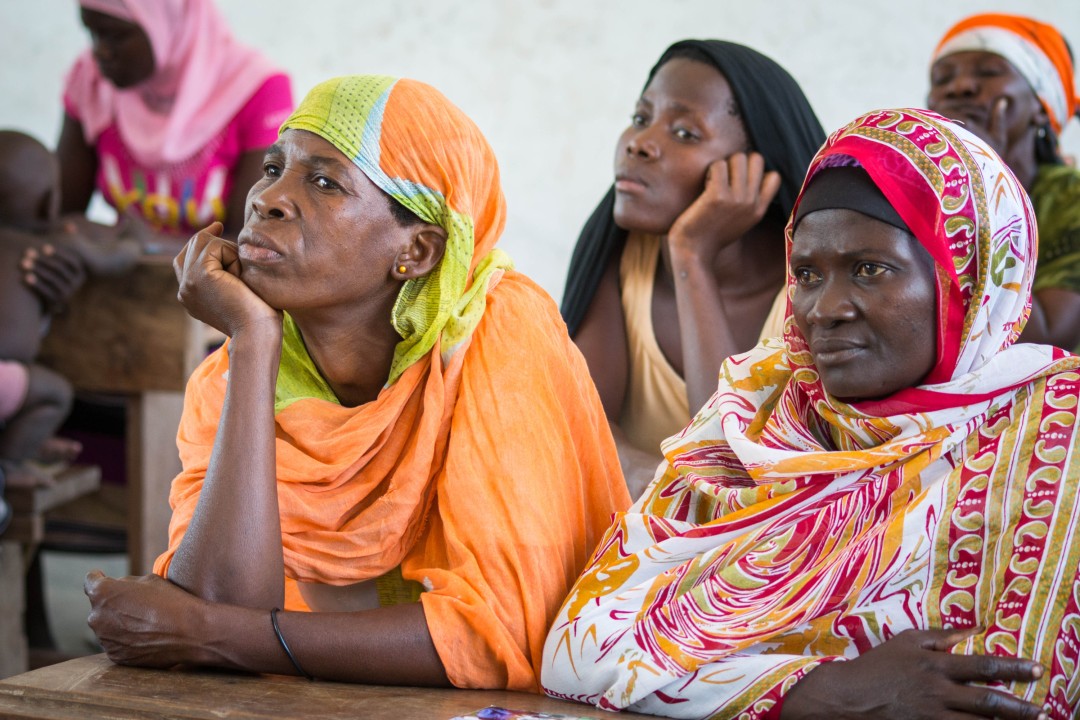
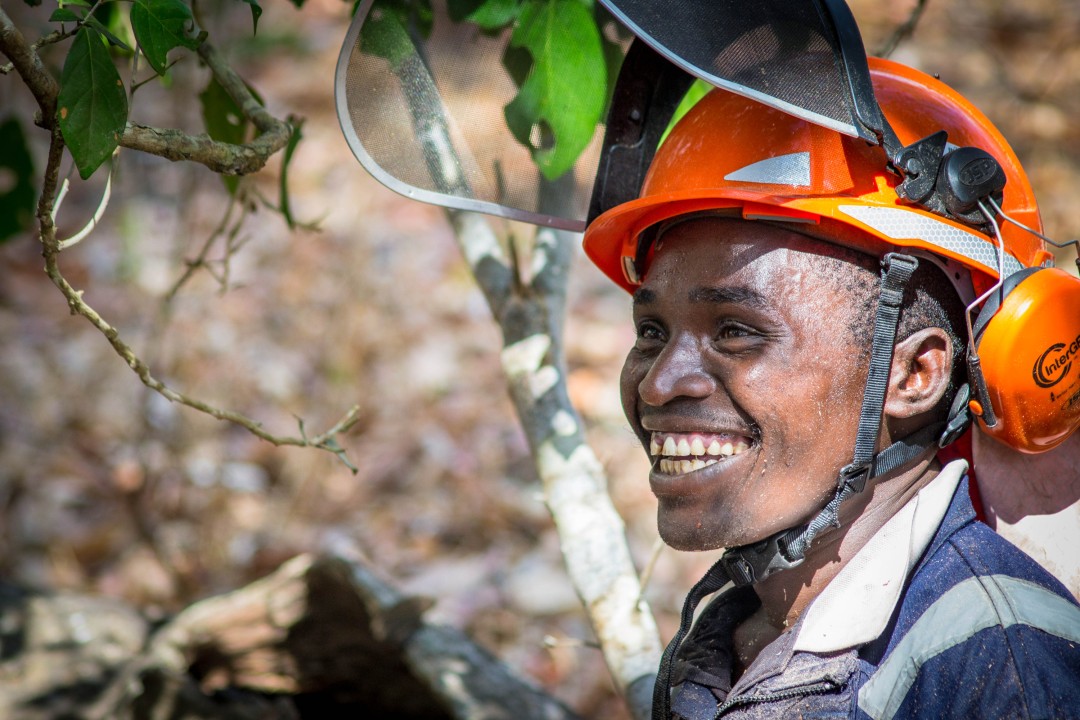
Tanzania
Population
57.3 million (2017)
Per Capita Income
USD 920/year
Poverty rate *
28% (2011)
Literacy rate
78% (2016)
Human Development Index
154TH OUT OF 189 COUNTRIES (2018)
Tanzania has experienced high and relatively stable growth rates over the past decade. At the same time, Tanzania is lagging in primary school completion, maternal health, poverty eradication, malnutrition and environmental sustainability. While the poverty rate has recently declined, the absolute number of the poor has not changed due to the fast pace of population growth (3% per annum). It has made little progress towards reducing extreme hunger and malnutrition, particularly in rural areas. However, scrapping contributions for primary and secondary school has drastically increased primary school enrolment.
Sources: World Food Program, UNICEF, World Bank, 2016 Human Development Report, Human Development Indices and Indicators (2018 Statistical Update)
*The percentage of the population living below the national poverty line.